Documentation
Get detailed guidance on platform features
Producing cheddar cheese involves a series of complex steps, from milk standardization and pasteurization to curd cutting, whey separation, and aging. Optimizing this process is crucial for dairy processors to ensure the consistent quality, flavor, and texture of cheddar cheese, which are key to consumer satisfaction and market success. This use case explores how XMPro’s Intelligent Digital Twin Suite (iDTS) can be leveraged to optimize the cheddar cheese production process, enhancing efficiency, product quality, and compliance with safety standards.
Producing cheddar cheese of consistent quality and taste presents a complex set of challenges, crucial for maintaining competitiveness and meeting consumer expectations in the dairy market. Successfully navigating these challenges is key to operational excellence and sustainability in cheddar cheese production.
Variability in Milk Quality: Ensuring incoming milk has consistent fat and protein levels suitable for cheddar cheese production.
Curd Processing Efficiency: Achieving optimal curd size and moisture content for uniform texture and flavor.
Aging Process Control: Precisely managing the aging process to develop the desired cheese characteristics without over-aging or under-aging.
Yield Optimization: Maximizing cheese yield while minimizing waste and inefficiencies in the production process.
Quality and Safety Compliance: Adhering to strict food safety standards and quality controls throughout the cheese-making process.
Variability in Fermentation Conditions: One of the most significant challenges in cheddar cheese production is maintaining high product quality despite the variability in critical fermentation conditions such as temperature, pH, and culture activity.
XMPro’s Intelligent Digital Twin Suite (iDTS) is adeptly configured to tackle the nuanced challenges of cheddar cheese production. By integrating a comprehensive, data-driven approach, it enhances the control and consistency of the cheese-making process, ensuring superior product quality and operational efficiency. The XMPro iDTS employs advanced technologies to transform cheddar cheese production into a streamlined, predictable operation.
Real-time Monitoring and Adjustment for Cheddar Cheese Production:
XMPro iDTS seamlessly integrates with existing sensors and control systems within the cheddar cheese production line, gathering real-time data on crucial factors such as temperature, pH, and culture viability. This information is pivotal for ensuring the milk and curd maintain conditions conducive to producing high-quality cheddar cheese.
Insightful Analytics for Enhanced Process Understanding:
The suite employs advanced analytics to scrutinize the collected data, unveiling patterns, trends, and any deviations from the ideal cheese-making conditions. This deep analysis aids in comprehending how various factors, including temperature fluctuations and pH changes, influence the cheese’s development, directly impacting its quality and consistency.
Predictive Modeling for Process Excellence:
Leveraging predictive modeling, XMPro iDTS anticipates the outcomes of different cheese-making scenarios, allowing dairy processors to experiment with and optimize the parameters for culture addition, curd processing, and aging. These predictive capabilities enable the identification of the most effective conditions for producing cheddar cheese with the desired qualities.
Automated Process Optimization:
Drawing on real-time insights and predictive analytics, XMPro iDTS optionally automates the fine-tuning of cheese-making parameters, such as adjusting culture dosages or modifying aging conditions. This automation ensures the cheese-making process consistently aligns with the optimal conditions for producing premium quality cheddar cheese.
Centralized Monitoring and Control via Custom Dashboards:
XMPro iDTS features customizable dashboards that offer a holistic view of the entire cheddar cheese production process. These dashboards display key metrics, issue alerts for any process deviations, and provide recommendations based on predictive analytics, empowering operators to make informed, timely decisions.
Iterative Process Improvement:
The platform fosters a culture of continuous improvement by systematically analyzing data from each production batch. Insights derived from ongoing analysis refine the predictive models and optimization strategies, cumulatively enhancing the cheddar cheese production process for better quality and efficiency.
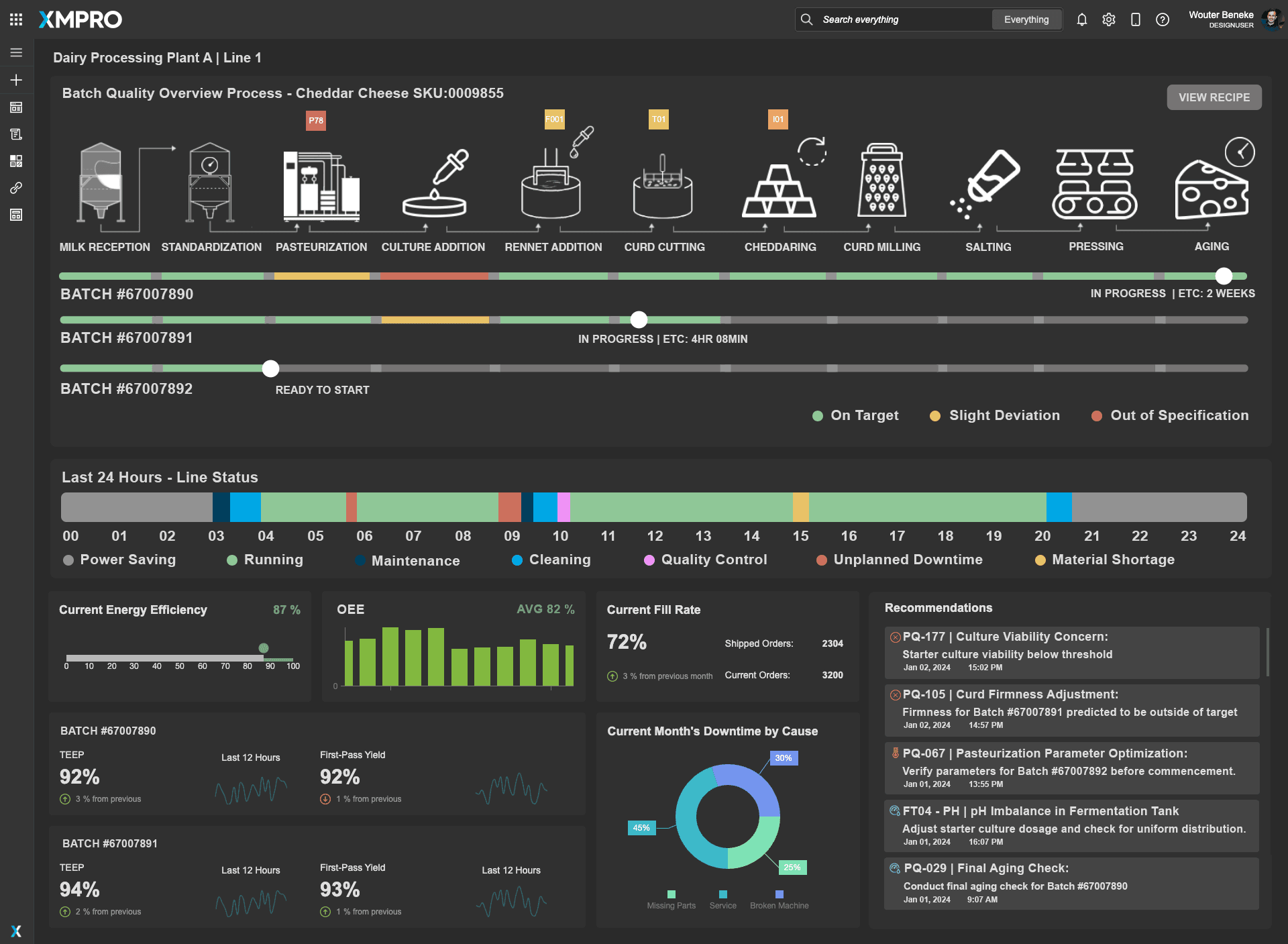
Figure 1. Real-Time Cheddar Cheese Production Process Overview Dashboard
This advanced dashboard is specifically tailored for dairy industry professionals overseeing cheddar cheese production across various facilities. It provides a comprehensive view of the entire cheese-making process, from milk reception to aging, highlighting operational efficiency, system health, and compliance with quality standards. The interactive design updates in real time, reflecting the status of critical stages in the cheddar cheese production line, such as culture addition, curd cutting, and pressing, across different locations.
Integrated Process Monitoring: Displays real-time data on essential cheese-making stages, including standardization, pasteurization, and aging, across all facilities. Color-coded indicators distinguish product quality across the batch timeline, while the line status indicates the operational condition of the production line, signalling performance levels and alert conditions.
Optimization Alerts for Cheese Production: Utilizes sensor data and analytics to identify optimization opportunities within the cheese-making process. It alerts to areas requiring adjustments, such as culture viability concerns or curd firmness adjustments, to maintain product quality and process efficiency.
XMPro Co-Pilot Integration: Incorporates XMPro Co-Pilot, leveraging AI and machine learning to offer actionable intelligence and process automation based on proprietary data analysis.
Facility-Specific Analysis: Provides detailed insights into individual facilities, including performance metrics, maintenance records, and predictive maintenance schedules, enabling targeted operational strategies.
Actionable Alerts and Recommendations: Generates specific recommendations for operational improvements and maintenance actions, addressing the unique challenges of cheddar cheese production, such as pasteurization parameter optimization and final aging checks.
Comprehensive Status Overview: Summarizes the health and performance of cheddar cheese production assets, offering a quick assessment tool for managers to oversee and plan strategic operations across the organization.
Enhanced Navigation and Accessibility: Features an intuitive user interface and search functionality, simplifying access to detailed data on cheddar cheese production processes, improving management efficiency.
The Real-Time Cheddar Cheese Production Process Overview Dashboard empowers dairy processing managers to effectively monitor and optimize cheddar cheese production. It ensures that industry leaders have the necessary insights and tools to uphold exceptional product quality, maximize operational efficiency, and meet safety standards. By centralizing data and analytics, the dashboard facilitates strategic production workflow optimization, proactive issue resolution, and excellence in cheddar cheese production across every facility.
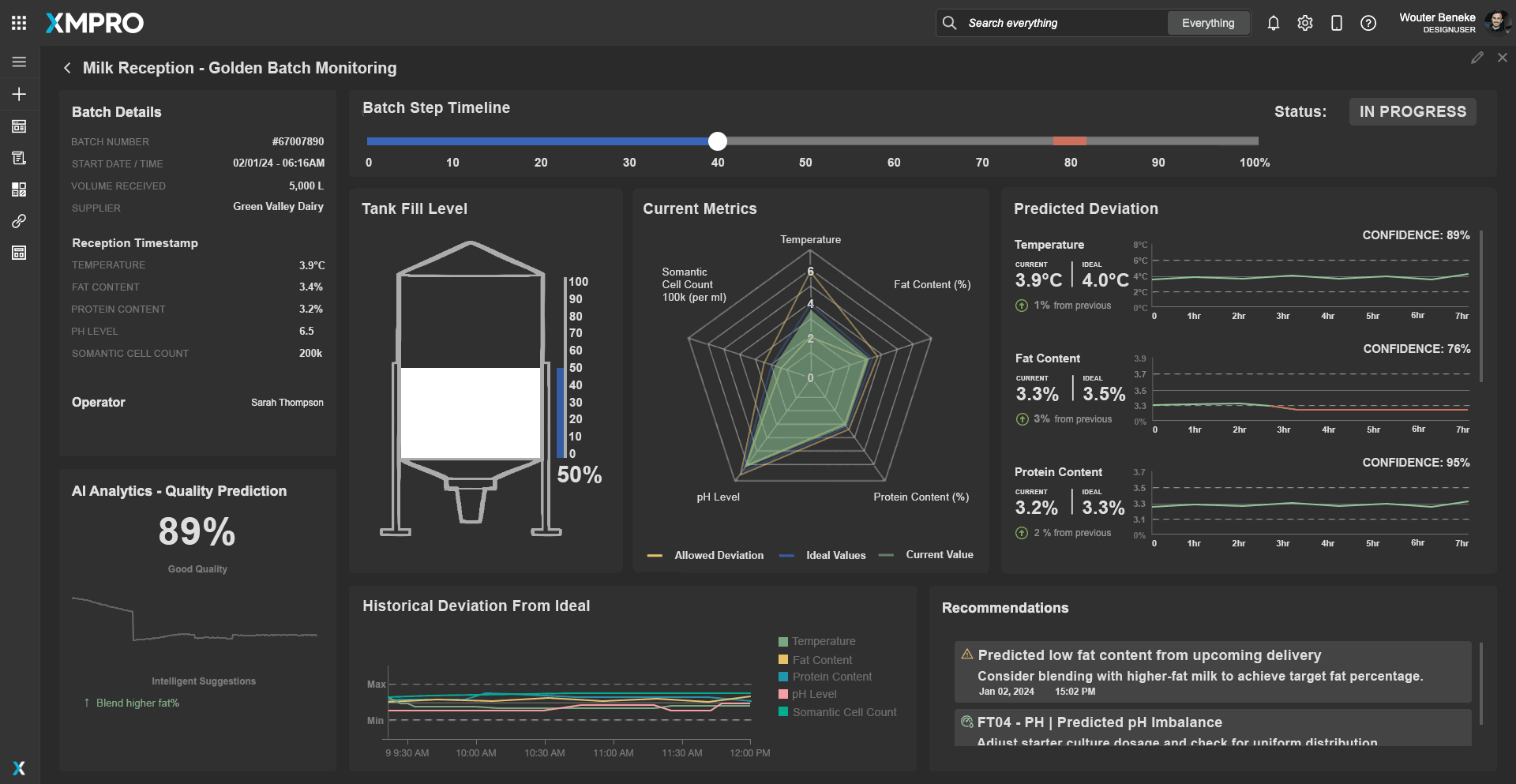
Figure 2. Drilldown View of Milk Reception Batch Monitoring Dashboard
The specialized Dashboard for Milk Reception Quality Monitoring is a pivotal component for managing the initial phase of dairy processing. It plays a significant role in assessing the quality of raw milk as it enters the facility, setting the stage for subsequent processing steps like pasteurization.
Comprehensive Milk Reception Monitoring:
XMPro’s Golden Batch Monitoring Dashboard is intricately designed to provide dairy processing professionals with a detailed view of milk reception operations. It showcases a thorough set of data for each milk batch, including batch number, start date/time, volume received, supplier, and reception timestamp along with key quality indicators like temperature, fat content, protein content, pH level, and somatic cell count.
Batch Progress and Tank Fill Level:
The dashboard features a Batch Step Timeline, clearly indicating the stage of the batch within the milk reception process. A visual representation of the tank fill level provides immediate information on the volume of milk currently being processed, ensuring resources are allocated efficiently.
Real-time Quality Metrics and AI Predictions:
Operators can view current quality metrics against ideal values through an intuitive radar chart, offering a real-time comparison of important factors such as somatic cell count and fat content. The AI Analytics section delivers a quality prediction score, in this case, showing 89% for good quality, along with intelligent suggestions like blending higher fat% milk to adjust quality levels.
Historical Data and Predictive Trends:
The dashboard presents a historical deviation from ideal chart, allowing users to track quality over time against allowed deviations. Predictive trend lines for temperature, fat content, and protein content offer foresight into potential deviations from ideal values, with a confidence level displayed for each prediction.
Actionable Recommendations:
To assist in decision-making, XMPro provides specific recommendations. For instance, it advises on expected low-fat content from an upcoming delivery and suggests blending with higher-fat milk to achieve the target percentage. Predictive alerts for potential pH imbalances are also provided, prompting checks for starter culture dosage and uniform distribution.
Operator Information:
The operator managing the process is identified, fostering accountability and traceability within the milk reception workflow.
In-Progress Batch Status:
The status bar at the top of the dashboard indicates that the milk reception process for the batch is in progress, providing a clear, high-level status update.
This Drilldown View of Milk Reception Monitoring Dashboard is a pivotal tool for ensuring the quality and efficiency of the milk reception process in dairy production, enabling proactive management and optimization of milk quality.”
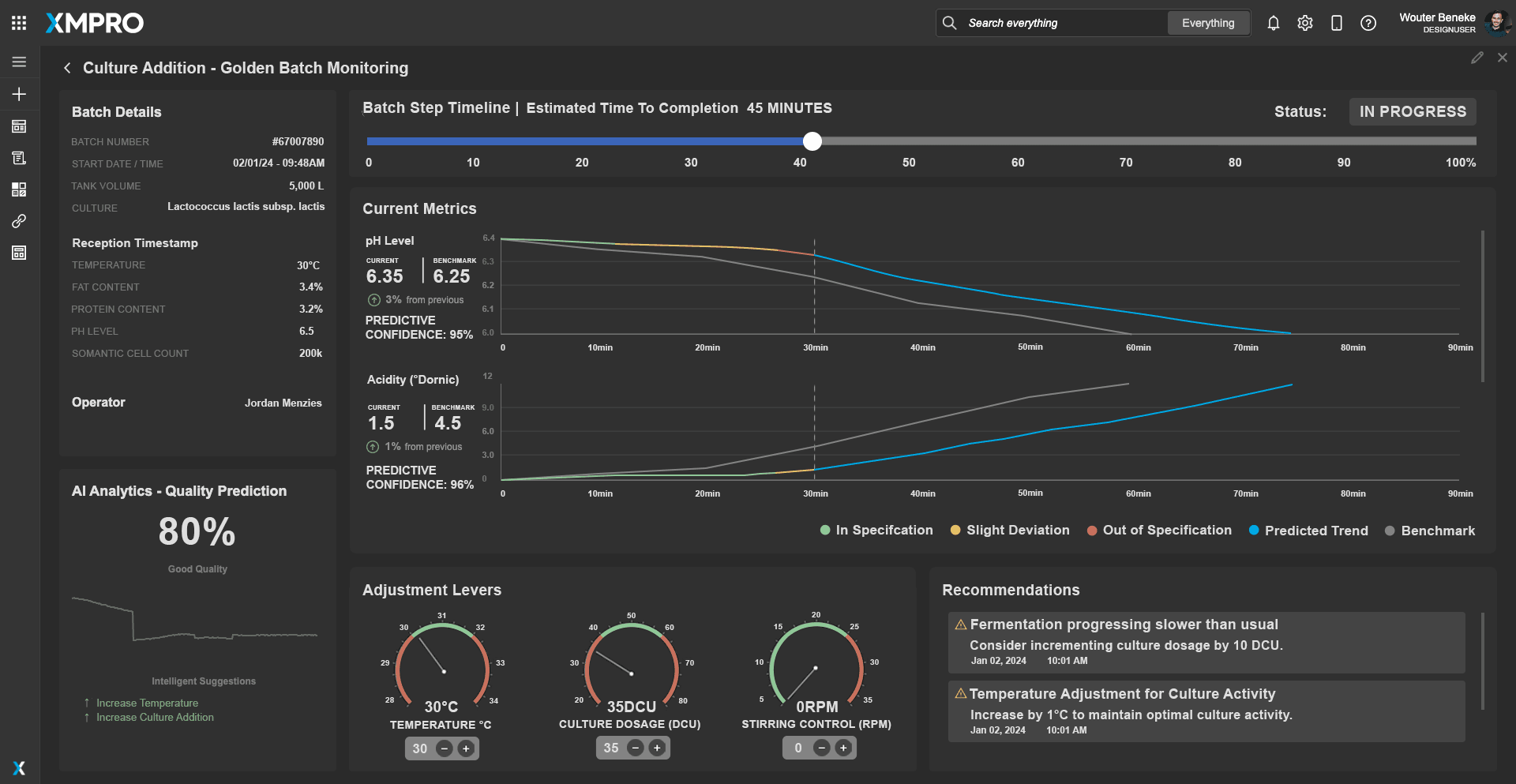
Figure 3. In-Depth Culture Addition Monitoring Dashboard for Dairy Processing
This dashboard offers a specialized view into the culture addition phase of dairy processing, an essential step in cheese and yogurt production. It provides dairy professionals with real-time data and analytics, ensuring precision and quality in the addition of cultures to milk batches.
Detailed Batch Analysis:
The XMPro Golden Batch Monitoring Dashboard presents comprehensive details of each culture addition batch, including the batch number, start date/time, and tank volume. It further provides the exact culture being used, in this case, Lactococcus lactis subsp. lactis, and tracks the reception timestamp along with critical parameters like temperature, fat content, protein content, pH level, and somatic cell count.
Process Timeline and Current Metrics:
A dynamic Batch Step Timeline is showcased, indicating the current stage and estimated time to completion for the culture addition process. Concurrently, the dashboard displays real-time metrics such as pH level and acidity, juxtaposed against benchmark values for immediate assessment of the process’s adherence to quality standards.
AI-Driven Quality Assessment:
The AI Analytics module offers a predictive quality rating, which in this example is 80% for good quality, accompanied by intelligent suggestions to optimize the process, such as increasing temperature or culture addition.
Adjustment Levers and Predictive Recommendations:
Operators are equipped with adjustment levers for fine-tuning the process parameters like temperature and culture dosage. The system also proactively generates recommendations based on real-time data; for example, it suggests incrementing culture dosage by 10 DCU to address fermentation pace or adjusting temperature to maintain optimal culture activity.
Operator Engagement:
The dashboard highlights the operator on duty, here identified as Jordan Menzies, linking process management directly to an individual for accountability and precision in operation handling.
Progress Indicators and Status Updates:
The progress bar at the top provides a quick glance at the batch status, clearly marked as ‘In Progress’, while a timeline graph beneath it offers insight into the specification adherence of the ongoing process.
The Culture Addition Monitoring Dashboard serves as a critical tool for dairy processors, enabling meticulous management of the culture addition stage to ensure product consistency, quality, and the successful production of dairy products.
XMPro’s Intelligent Digital Twin Suite (iDTS) delivers a suite of solutions specifically designed for the complex needs of managing dairy processing operations across multiple facilities. Here’s how XMPro iDTS revolutionizes dairy processing plant management:
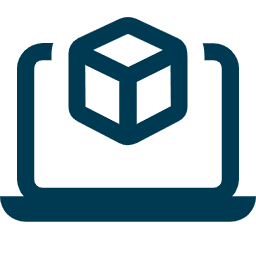
XMPro iDTS constructs detailed digital twins of dairy processing plants, offering a virtual model that reflects the intricate operations of facilities spread across different regions. This capability facilitates in-depth analysis and simulation of processing equipment performance, including pasteurizers, separators, and fermentation tanks, under various operational conditions. It’s instrumental for optimizing processes in plants with diverse environmental and production demands.
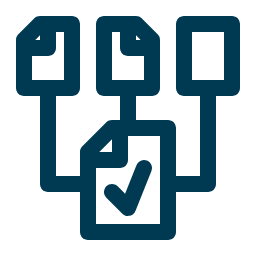
Integrating real-time data from sensors across all dairy processing equipment, XMPro iDTS captures critical metrics such as temperature, flow rates, and pressure levels. This extensive monitoring enables the identification and analysis of performance optimization opportunities throughout the dairy processing chain, ensuring uniform quality and efficiency.

Leveraging cutting-edge predictive analytics, XMPro iDTS anticipates potential issues and optimizes operational settings for each piece of equipment. This foresight allows for proactive adjustments in processes like pasteurization and fermentation, maximizing product quality and throughput while minimizing waste and downtime.

By analyzing equipment performance data, XMPro iDTS streamlines maintenance schedules, adopting a predictive maintenance model over a reactive one. This approach is crucial for coordinating maintenance activities across multiple facilities, enhancing equipment longevity and reducing operational interruptions.

Automated recommendations and alerts for equipment adjustments are generated based on real-time and predictive data analyses. This ensures that each piece of equipment, from homogenizers to cooling tanks, operates at optimal efficiency, significantly reducing the need for manual oversight.

XMPro iDTS provides customizable dashboards that offer real-time insights into the health and performance of equipment across all dairy processing plants. These dashboards are designed to be interactive, enabling detailed scrutiny of specific operational aspects and supporting centralized management decisions.

Designed to accommodate dairy operations of any scale, XMPro iDTS’s modular architecture allows for seamless integration and adaptability. This scalability ensures that dairy processing plants can efficiently manage operations as they expand or adapt to changing market demands.

XMPro iDTS boosts operational safety by identifying potential hazards and inefficiencies in the processing line, ensuring that all equipment operates within safe and optimal parameters. This contributes to a safer working environment and more efficient production processes.

Offering quick time-to-value, XMPro Blueprints facilitate rapid deployment of digital twin solutions across dairy processing operations. These templates are built on industry best practices, ensuring that plants can quickly realize the benefits of digital transformation.
XMPro iDTS uniquely addresses the challenges of dairy processing plant operations by offering a holistic, predictive, and integrated management solution. Its advanced digital twin technology, combined with comprehensive data analytics and customizable dashboards, empowers dairy processors to achieve unparalleled operational efficiency, product quality, and safety across multiple facilities.
"*" indicates required fields